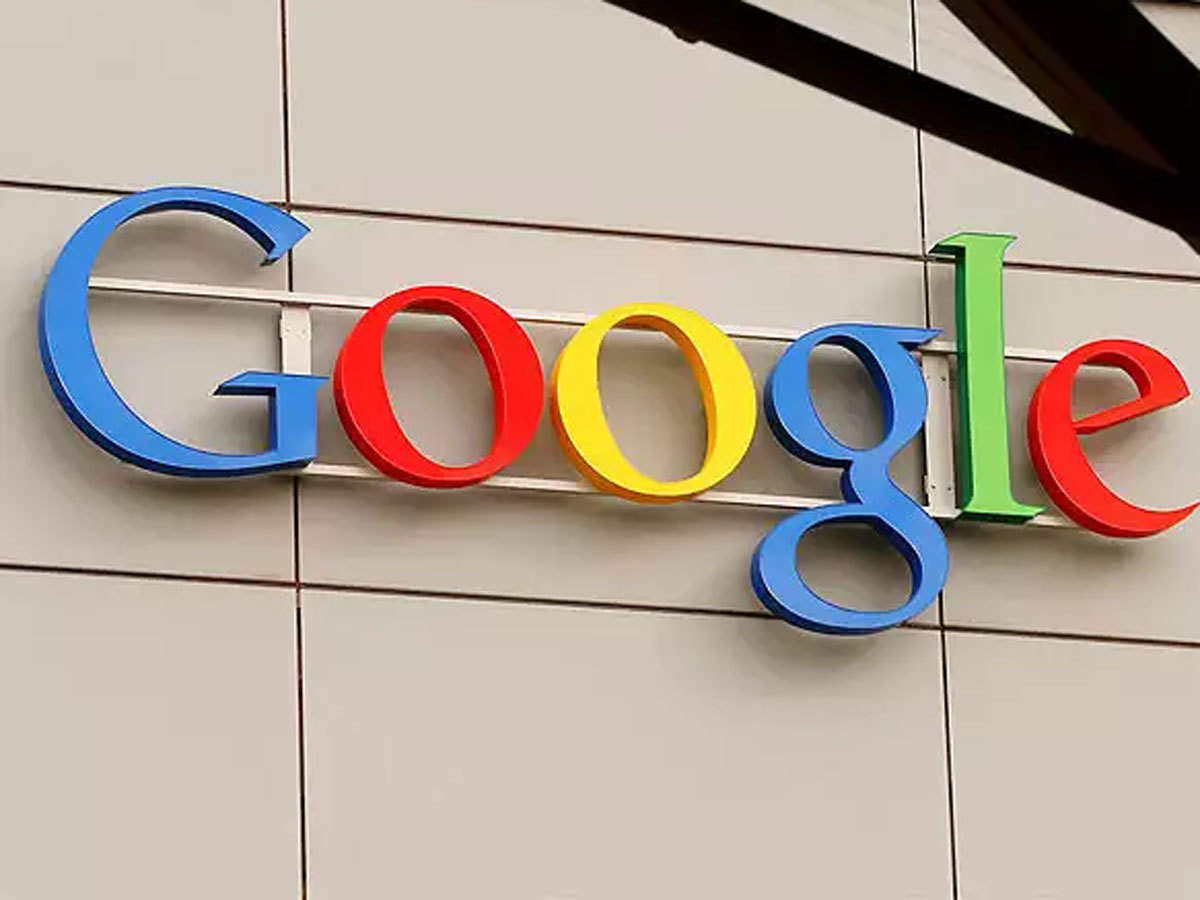Advanced IP Scanner shows 250 unknown connections
I am not even sure if this is the proper place to start but I need some reassurance on this. Or a major fix. I know my puter doesn’t run like it should and my downloads are definitely slower than they should be. Last night I ran the scanner mentioned in the topic title and it told me that there were over 250 unknown connections to my puter. On my network map, which they took away for some nefarious reason I am sure, there should not be anymore than 2 puters, 1 Roku, 1 Xfinity streaming box, 2 phones and a printer. I got scared death when I saw this result and I would like to know or have an explanation for this. One of the things connected was a game file from Steam that I played recently. I don’t know if every game is one of the connections or not. I have had this puter since around 2019 and it really acts goofy at times. I installed premium Malwarebytes so I don’t know if my firewall is running or not. Settings says it is. I ran FRST as instructed and will post the logs now. Thank you so much for your kind attention to this matter.
FRST Log:
Scan result of Farbar Recovery Scan Tool (FRST) (x64) Version: 22-05-2022
Ran by Dee Skelley (administrator) on DESKTOP-MRN08B1 (Gigabyte Technology Co., Ltd. AX370M-DS3H) (22-05-2022 18:49:04)
Running from C:\Users\Dee Skelley\Desktop
Loaded Profiles: Dee Skelley
Platform: Microsoft Windows 10 Home Version 21H2 19044.1706 (X64) Language: English (United States)
Default browser: FF
Boot Mode: Normal
==================== Processes (Whitelisted) =================
(If an entry is included in the fixlist, the process will be closed. The file will not be moved.)
(Advanced Micro Devices Inc. -> Advanced Micro Devices, Inc.) C:\Program Files\AMD\CNext\CNext\AMDRSServ.exe
(Advanced Micro Devices Inc. -> Advanced Micro Devices, Inc.) C:\Program Files\AMD\CNext\CNext\RadeonSoftware.exe
(C:\Program Files\AMD\CNext\CNext\AMDRSServ.exe ->) (Advanced Micro Devices Inc. -> Advanced Micro Devices, Inc.) C:\Program Files\AMD\CNext\CNext\amdow.exe
(C:\Program Files\AMD\CNext\CNext\AMDRSServ.exe ->) (Advanced Micro Devices Inc. -> Advanced Micro Devices, Inc.) C:\Program Files\AMD\CNext\CNext\AMDRSSrcExt.exe
(C:\Program…




 New Delhi:
New Delhi: